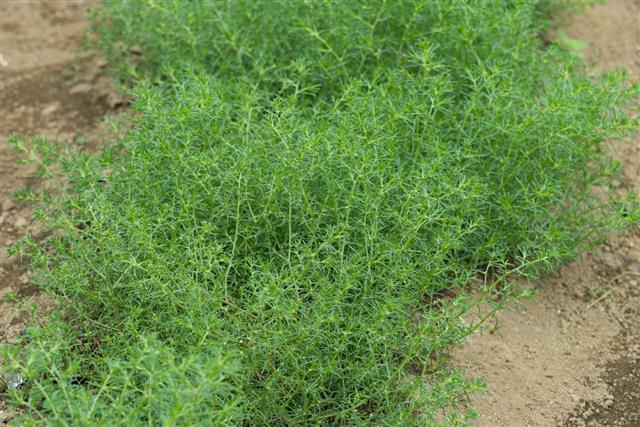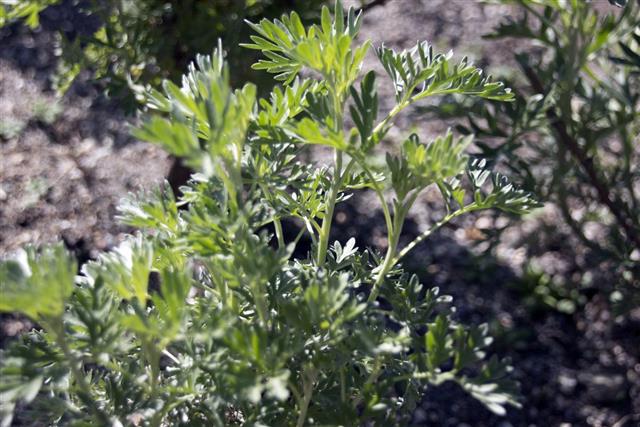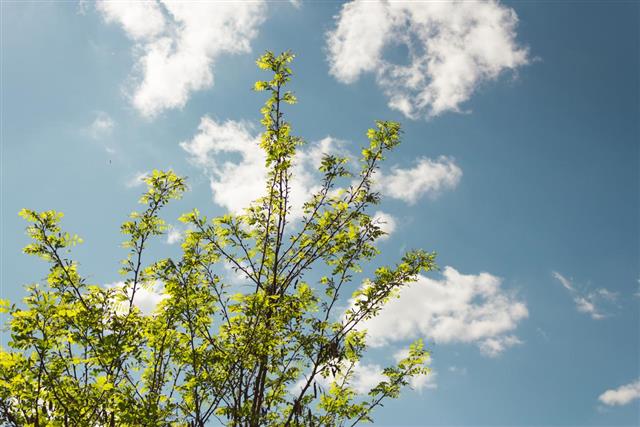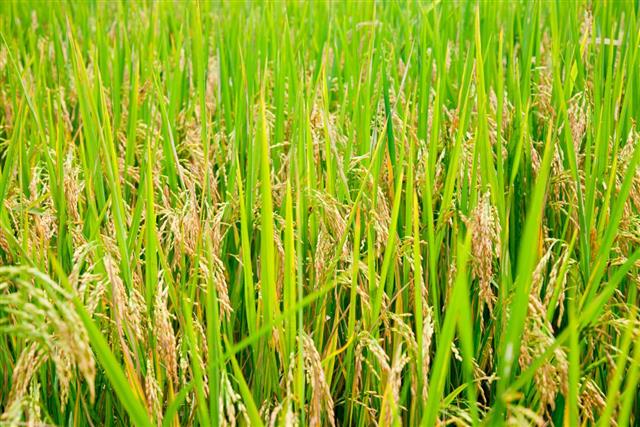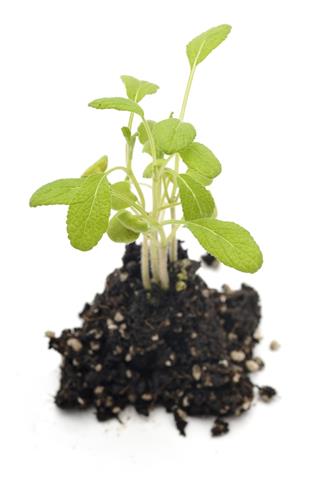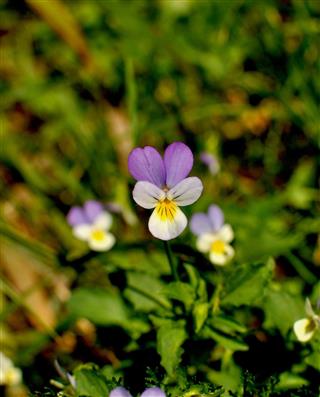
The principle of adaptation can be best exemplified by desert vegetation. This article will give you detailed information on vegetation of the Sahara and Gobi desert.
A desert is a unique geographical feature found on the Earth, which covers almost 1/7th of its surface. It can be defined as an arid land with very less vegetation. The scarce amount of vegetation is seen due to less amount or lack of rainfall (annual rainfall in deserts is 25cms or even less). In order to adjust to these conditions, the vegetation or plants in deserts have undergone certain changes over a period of thousands of years.
Vegetation Found in Desert
Limited types of plants are found in desert due to the lack of favorable conditions and resources. It comprises plants that have modified or undergone adaptations in order to survive in the desert. These plants are known as xerophytes.
The following are the vegetation adaptations found in deserts all over the world:
- These plants are usually smaller in order to prevent water loss from surfaces.
- They have smaller or no leaves, but, instead have thorns.
- The leaves of some plants are fleshy as they contain aqueous tissue.
- Some plants have very long roots to get moisture deep under the ground.
- Some plants remain dormant during dry periods and come to life when water is available.
Cactus is the most common type of plant or shrub found in nearly all the deserts of the world. Desert biome is classified into 4 types, viz., Coastal desert, cold desert, semiarid desert, and hot and dry desert. The type of vegetation found differs according to the type of desert.
The following vegetation types are found in these different deserts.
- Coastal Desert: Black bush, Black sage, Buckwheat bush, Chrysothamnus, Rice grass, Salt bush, etc.
- Cold Desert: Algae, Arctic azaleas, Arctic lupine, Arctic poppies, Cinquefoil, Campanulas, Buttercups, Lichens, Moss campion, Mountain avens, Purple saxifrage, Viola, Valerian, Wild crocus, Yarrow, etc.
- Semiarid Desert: Bur sage, Brittle bushes, Cat claw, Jujube, Lyciums, Mesquite, White thorn, etc.
- Hot and Dry Desert: Agaves, Brittlebush, Ephedras, Ocotillo, Prickly pears, Sotol, Turpentine bush, Yuccas, etc.
Vegetation in Sahara Desert
The Sahara, located in the continent of Africa, is the largest hot and dry desert on the Earth. Interestingly, some types of vegetation still thrive against all the odds of nature observed in this region. Sahara desert vegetation includes African Welwitchsia, date palm, thyme, magaria, olive trees, orange trees, and fig trees. Apart from these, more than half of the Sahara desert is extremely barren with no vegetation found. However, there are still some areas in the Sahara desert that are lush, containing abundant trees and plants. A lot of greenery and abundant vegetation is found in the Nile valley. This is possible because this area receives adequate amount of water from the Nile river.
Vegetation in Gobi Desert
The Gobi, situated in China, is the fifth largest desert in the world. It comprises five parts, viz., Alashan Plateau, the Eastern Gobi Desert Steppe, the Gobi Lakes Valley, the Tian Shan Range, and the Junggar Basin semi-desert, and the type of vegetation found differs accordingly. Acacia, Convovulvus, Ephedra, Needle grass, Reeds, Saltwort, Saxaul tree, Taana, Wormwood, Tamarisks, etc., are the different types of plants found in this desert.
Although there are no favorable resources available, we find quite a variety of plants in the deserts. One should also note that desert vegetation is important to people and animals living in that area as it is the only source of food in those parts.
